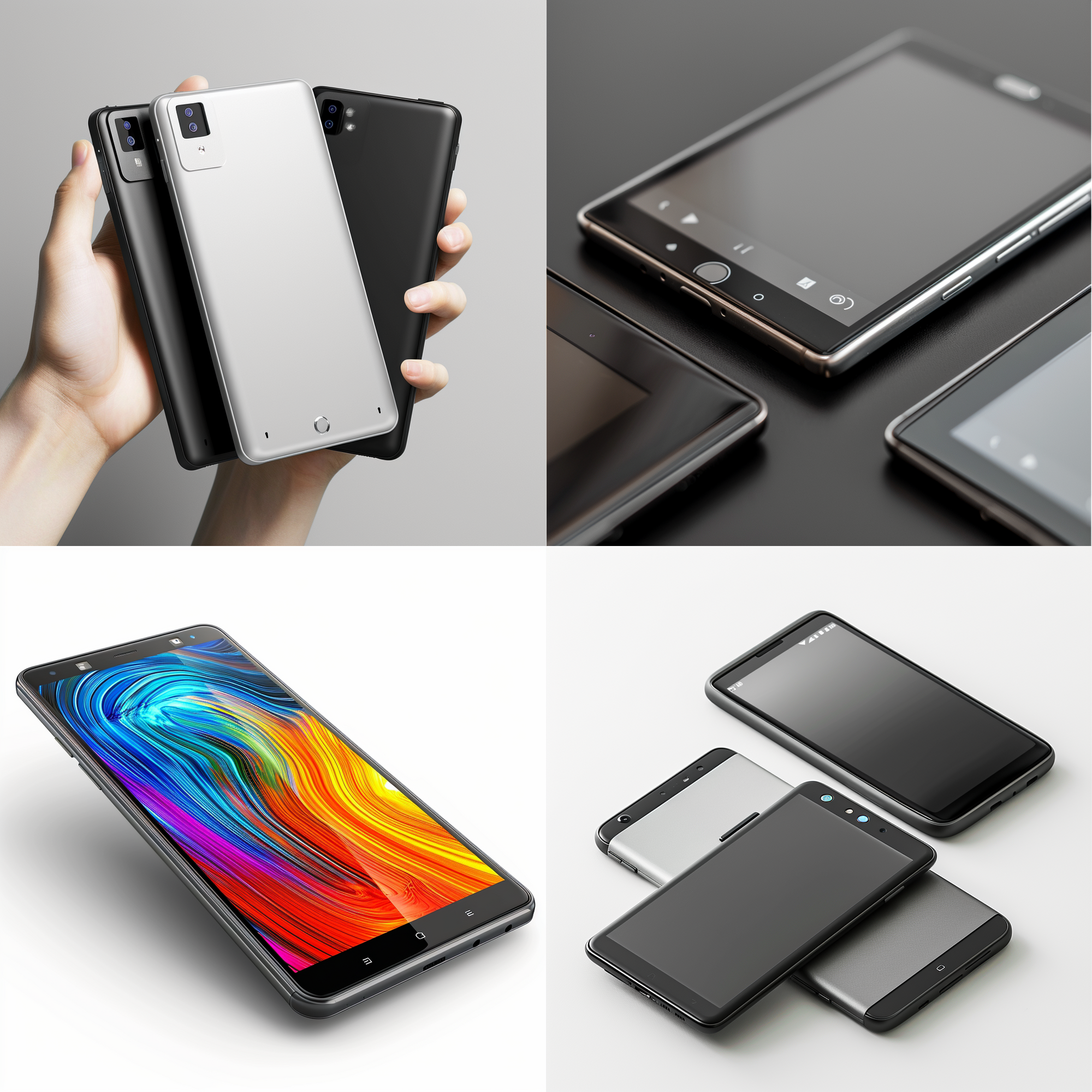Blogs
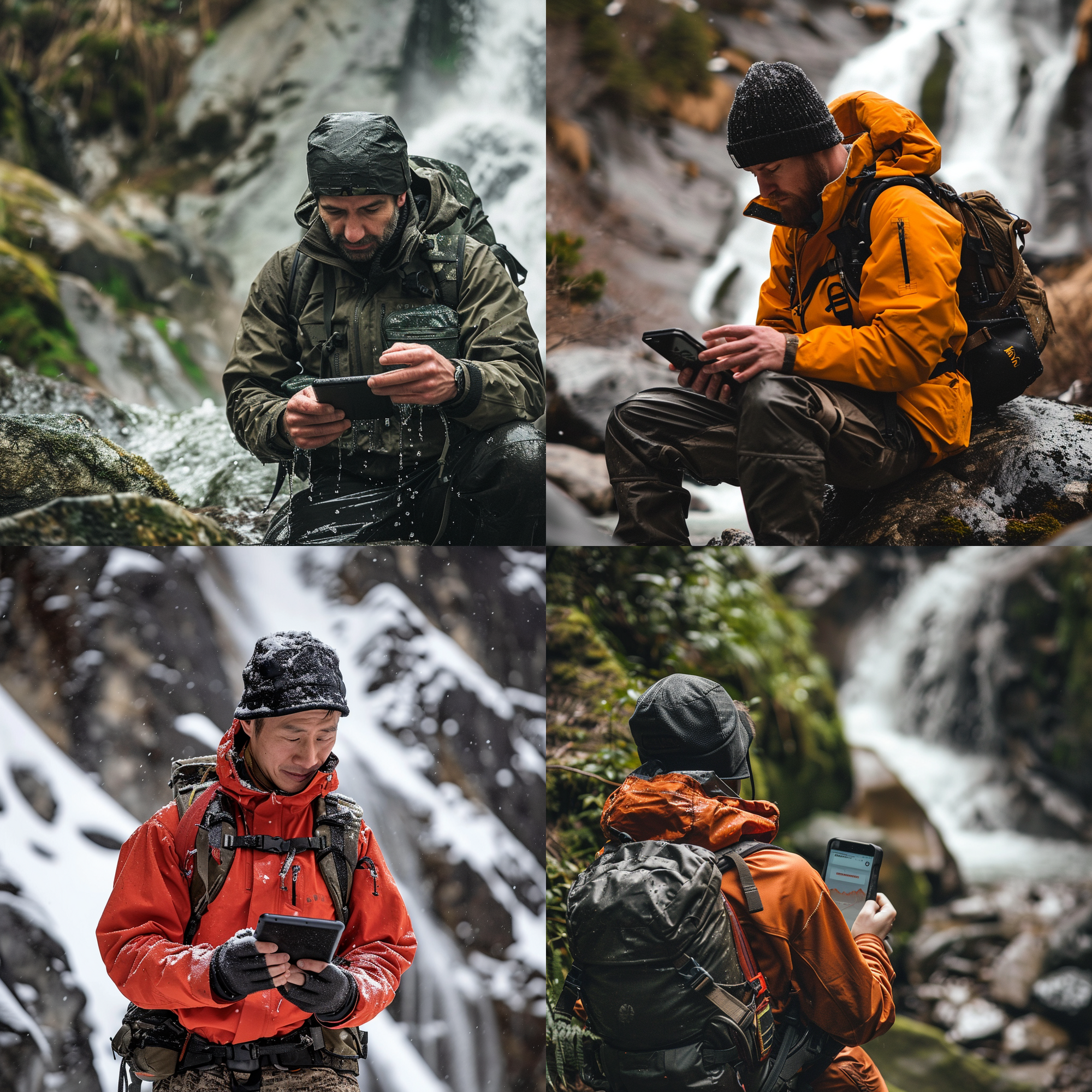
Blogs
The Adventure Enthusiast's Perfect Companion in Rugged Devices
Explore how AGM Mobile's rugged smartphones, tablets, and feature phones become the ultimate companions for adventure enthusiasts in the toughest environments.Introduction to AGM Mobile for Adventure EnthusiastsAGM Mobile has become synonymous with adventure and resilience. This article will explore how AGM's rugged smartphones, tablets, and feature phones are designed to meet the needs of adventure enthusiasts, providing reliability and functionality in extreme conditions.Rugged Features for the Great OutdoorsEssential Outdoor Features in AGM DevicesFor outdoor activities, specific features are essential. We'll delve into AGM's rugged features like water resistance, shockproof bodies, and enhanced battery life, explaining how they cater to the needs of outdoor enthusiasts.Tailored for Extreme EnvironmentsAGM's devices are not just rugged; they are tailored for extreme environments. This section will highlight how these devices withstand extreme temperatures, water exposure, and rough handling, making them ideal for adventure sports and outdoor exploration.Real-World Adventure Stories with AGM DevicesUser Experiences in Challenging ConditionsWhat better way to understand a product's capabilities than through real-world stories? This part will include testimonials from adventure enthusiasts who have used AGM devices in challenging conditions, sharing their experiences and insights.AGM's Commitment to Supporting Adventure LifestylesEnhancing Outdoor Experiences with TechnologyAGM's commitment goes beyond just building rugged devices. This section will discuss how AGM enhances outdoor experiences with innovative technology, like GPS accuracy, thermal imaging, and night vision capabilities.The Future of Rugged Technology in Adventure SportsInnovations on the HorizonThe world of adventure sports is constantly evolving, and so is rugged technology. We'll explore upcoming innovations from AGM that are set to redefine the use of mobile devices in adventure sports and outdoor activities.Conclusion: AGM Mobile's Role in the Adventurous LifeAGM Mobile's role in the life of an adventure enthusiast is undeniable. The article will conclude with insights into how AGM continues to innovate and adapt to the changing needs of outdoor adventurers, ensuring that their devices remain indispensable tools for exploration.
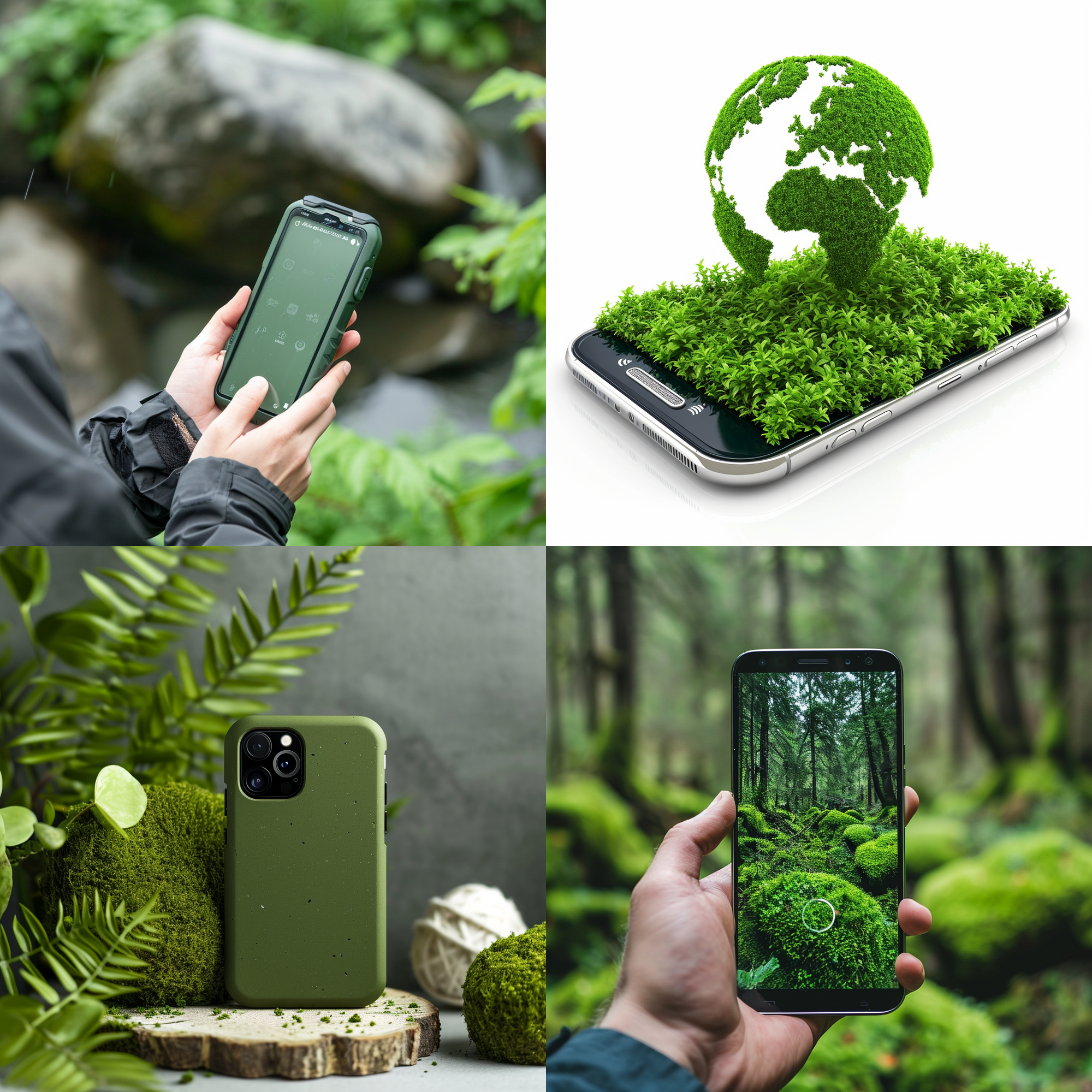
Blogs
Embracing Sustainability: AGM Mobile's Eco-Friendly Approach to Rugged Devices
Discover AGM Mobile's commitment to environmental sustainability, showcasing how their rugged smartphones, tablets, and feature phones are designed with eco-friendly practices.Introduction to AGM Mobile's Eco-Friendly InitiativesIn an era where environmental consciousness is paramount, AGM Mobile stands out with its commitment to sustainability. This article explores AGM's eco-friendly practices in the production of rugged smartphones, tablets, and feature phones, and how they contribute to a greener future.Sustainable Materials and Manufacturing ProcessesEco-Friendly Materials in Device ProductionAGM Mobile prioritizes the use of sustainable materials in its device production. We'll delve into the materials AGM uses, their environmental impact, and how they maintain device durability and functionality.Green Manufacturing and Reduced Carbon FootprintExploring AGM's manufacturing processes, this section will highlight how the company reduces its carbon footprint, implementing energy-efficient practices and waste reduction strategies in production.Rugged Devices and Longevity: Reducing Electronic WasteThe Role of Durability in SustainabilityDurability in electronics plays a crucial role in sustainability. This part of the article will discuss how AGM's rugged devices, with their extended lifespans, contribute to reducing electronic waste.Encouraging Responsible Usage and RecyclingAGM not only manufactures durable devices but also encourages responsible usage and recycling. We'll explore the company's initiatives in promoting recycling and responsible disposal of electronic products.AGM's Environmental Policies and GoalsCommitment to Environmental StandardsAGM's commitment to environmental standards is evident in its policies and goals. This section will outline AGM's environmental policies and the goals they aim to achieve in the pursuit of sustainability.Customer Engagement in AGM's Green InitiativesInvolving Customers in Sustainability EffortsAGM engages its customers in their sustainability efforts. We'll look at how customers can participate in these initiatives, from choosing eco-friendly products to getting involved in recycling programs.Conclusion: AGM Mobile's Ongoing Journey Towards SustainabilityAGM Mobile's journey towards sustainability is ongoing and ever-evolving. The article will conclude with a look at future plans and innovations that AGM is exploring to further their commitment to the environment.
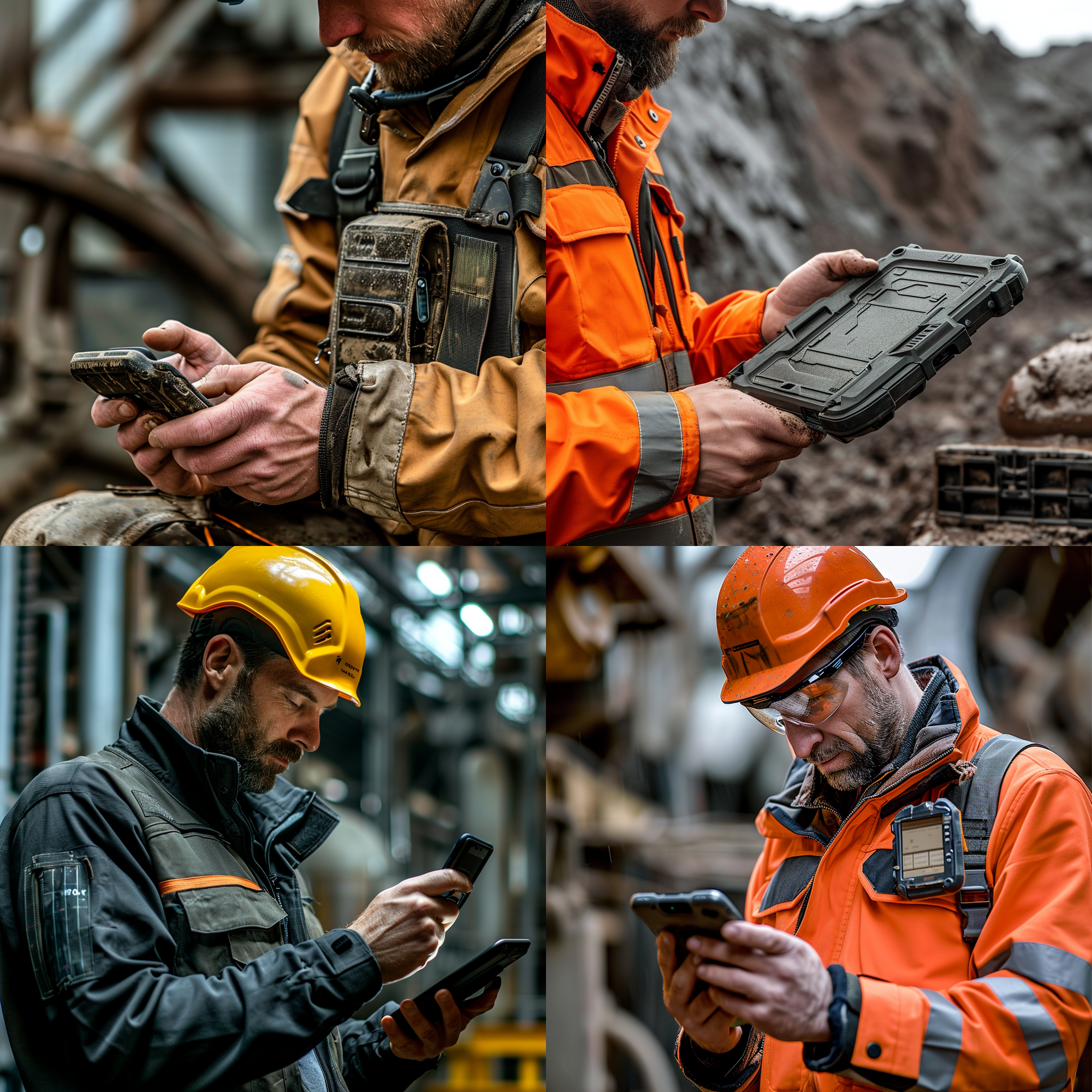
Blogs
AGM Mobile's Rugged Devices: Essential Tools for Professionals in Demanding Fields
Discover how AGM Mobile's rugged smartphones, tablets, and feature phones become indispensable tools for professionals in challenging and demanding work environments.
Introduction to Rugged Devices in Professional SettingsAGM Mobile's rugged devices are more than just durable gadgets; they are essential tools for professionals working in demanding environments. This article explores how AGM's smartphones, tablets, and feature phones meet the specific needs of various professional fields, enhancing efficiency and reliability.Rugged Smartphones for Fieldwork and Industrial UseTailored Features for Tough JobsAGM's rugged smartphones are designed with features tailored to fieldwork and industrial environments. This section will delve into these specific features, such as enhanced durability, long battery life, and specialized applications.Real-World Applications and Case StudiesWe'll provide real-world examples and case studies of professionals using AGM's rugged smartphones in their daily operations, highlighting the impact these devices have on their work efficiency and safety.Rugged Tablets: The Ideal Tool for Data-Intensive FieldsTablets for Construction, Surveying, and MoreAGM's rugged tablets are invaluable in data-intensive fields like construction and surveying. This part will explore how these tablets are used for on-site data collection, mapping, and other critical tasks.User Testimonials from ProfessionalsHearing directly from professionals in these fields, this section will include testimonials on how AGM's rugged tablets have enhanced their work processes and data management.Rugged Feature Phones in Emergency Services and Outdoor ProfessionsSimplicity and Reliability When It Matters MostIn emergency services and outdoor professions, simplicity and reliability are key. We'll discuss the role of AGM's rugged feature phones in these sectors, emphasizing their ease of use and robust build.Stories from the FieldThis part will share stories from first responders, outdoor guides, and others who rely on AGM's rugged feature phones in critical situations, showcasing their dependability.Design and Technology: Meeting Professional StandardsInnovations for Professional UseAGM continuously innovates to meet professional standards. This section will discuss the design and technology behind AGM's rugged devices that make them suitable for professional use, such as enhanced signal reception and rugged certifications.Conclusion: AGM's Commitment to Professional ExcellenceAGM Mobile's dedication to creating rugged devices that meet the demands of professional fields is unwavering. The article will conclude with insights into AGM's future plans for supporting professionals through their robust and reliable technology.
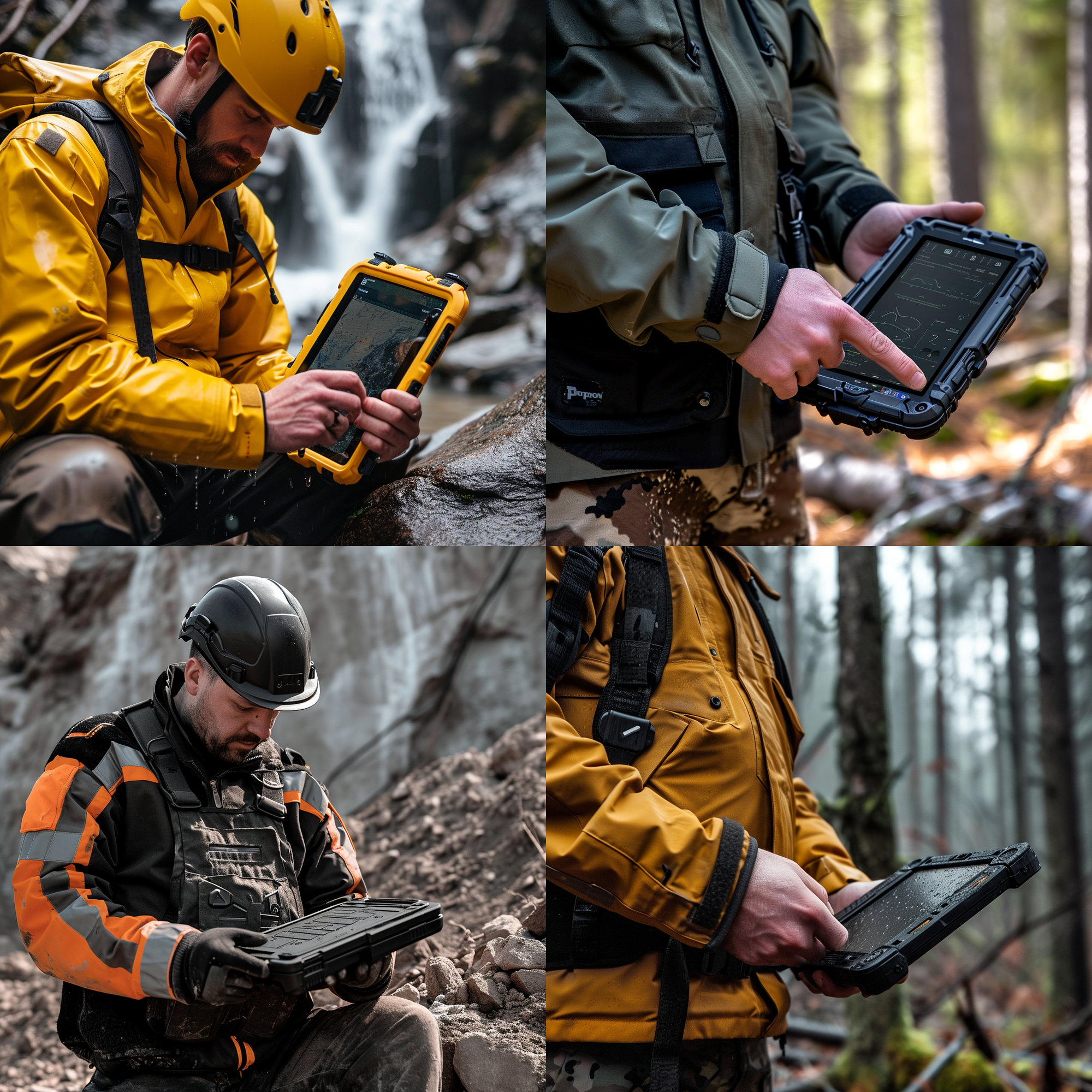
Blogs
AGM's Rugged Tablets: The Perfect Blend of Durability and Functionality
Discover the robust world of AGM's rugged tablets, offering the perfect combination of durability, functionality, and performance for demanding environments.Introduction to AGM's Rugged TabletsAGM Mobile, renowned for its rugged mobile devices, extends its expertise to the world of tablets. This article explores AGM's range of rugged tablets, designed to withstand harsh environments while providing the functionality and performance expected from a high-end tablet.The Need for Rugged Tablets in Various IndustriesWhy Rugged Tablets?Rugged tablets fill a crucial need in many industries, offering a durable solution for fieldwork, data collection, and more. We'll discuss the importance of rugged tablets in sectors like construction, agriculture, and outdoor exploration.Key Features of AGM's Rugged TabletsWhat makes AGM's tablets stand out? This section will delve into the key features of these tablets, such as their robust build, resistance to water and dust, and long battery life.AGM's Rugged Tablets: A Closer LookExploring Different Models and Their UsesAGM offers a variety of rugged tablets, each designed for specific use cases. This part of the article will provide an overview of their range, discussing the specifications and best applications for each model.Design and User ExperienceBalancing Durability with User-Friendly DesignWhile focusing on durability, AGM also pays attention to user experience and design. We'll explore how AGM balances these aspects in their rugged tablets, ensuring they are not only tough but also user-friendly.Innovative Features for Enhanced ProductivityAGM's rugged tablets are equipped with innovative features that enhance productivity. This section will highlight these features, such as high-resolution displays, powerful processors, and connectivity options.Real-World Applications of AGM's Rugged TabletsTestimonials from Various SectorsAGM's rugged tablets are used in various sectors, from outdoor exploration to industrial applications. This part will include testimonials and stories from real users, showcasing the tablets' performance in different environments.Conclusion: The Future of Rugged TabletsThe rugged tablet market is evolving, and AGM is at its forefront. The article will conclude with insights into the future developments in rugged tablets and AGM's ongoing commitment to innovation in this field.
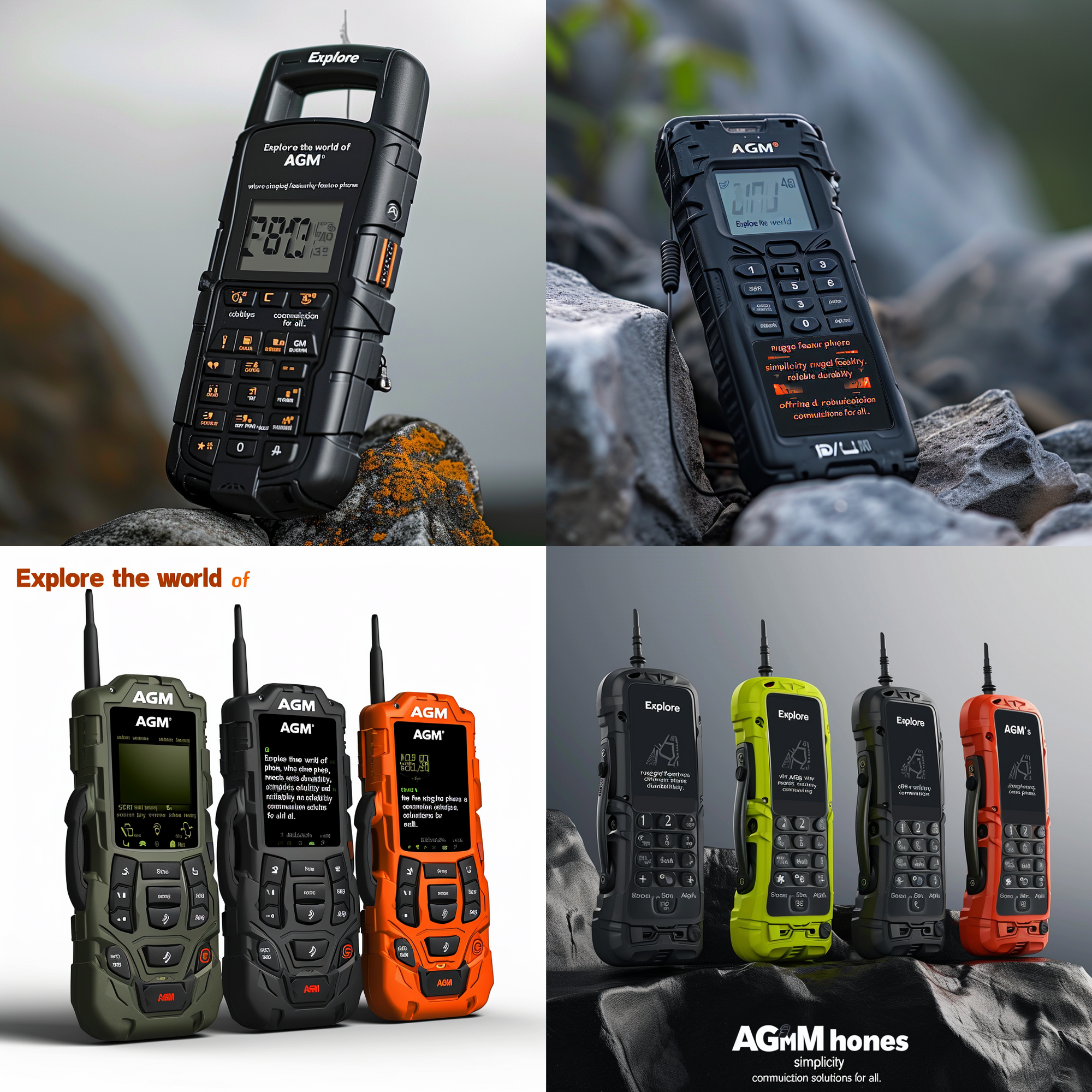
Blogs
AGM's Rugged Feature Phones: Combining Simplicity with Unmatched Durability
Explore the world of AGM's rugged feature phones, where simplicity meets durability, offering reliable and robust communication solutions for all.Introduction to AGM's Rugged Feature PhonesIn a world dominated by smartphones, AGM Mobile stands out by offering rugged feature phones designed for simplicity and durability. This article delves into AGM's range of feature phones, examining their appeal in an age of complex technology and who benefits the most from these sturdy devices.The Essence of Rugged SimplicityWhy Choose a Rugged Feature Phone?Feature phones have a dedicated user base who value ease of use, longer battery life, and basic functionality. We explore why rugged feature phones by AGM are the perfect fit for users looking for these specific attributes.Key Features of AGM's Feature PhonesDurability, long battery life, and basic yet essential features define AGM's feature phones. This section will detail the key features of these phones, highlighting their practicality in various scenarios.Design and Durability: AGM's HallmarksCrafting Phones for Tough EnvironmentsAGM's feature phones are designed to endure. We'll discuss the design philosophy behind these phones, focusing on their build quality, materials used, and their ability to withstand extreme conditions.Feature Phones for Every EnvironmentWhether it's a construction site, a farm, or an outdoor adventure, AGM's feature phones are built to perform. This part will illustrate the various environments where these phones excel, backed by user experiences and testimonials.AGM's Range of Rugged Feature PhonesExploring Different ModelsAGM offers a variety of feature phones, each with unique qualities. This section will provide an overview of their range, discussing the specifications and best use cases for each model.The Benefits of Going Back to BasicsSimplicity in the Digital AgeIn an era where digital overload is common, feature phones offer a breath of fresh air. We'll delve into the benefits of using a rugged feature phone in today's digital age, from reduced distractions to enhanced focus.Conclusion: The Timeless Appeal of Feature PhonesAGM's commitment to rugged feature phones highlights the enduring demand for simple, durable devices. The article will conclude with insights into the future of feature phones and AGM's role in this niche market.
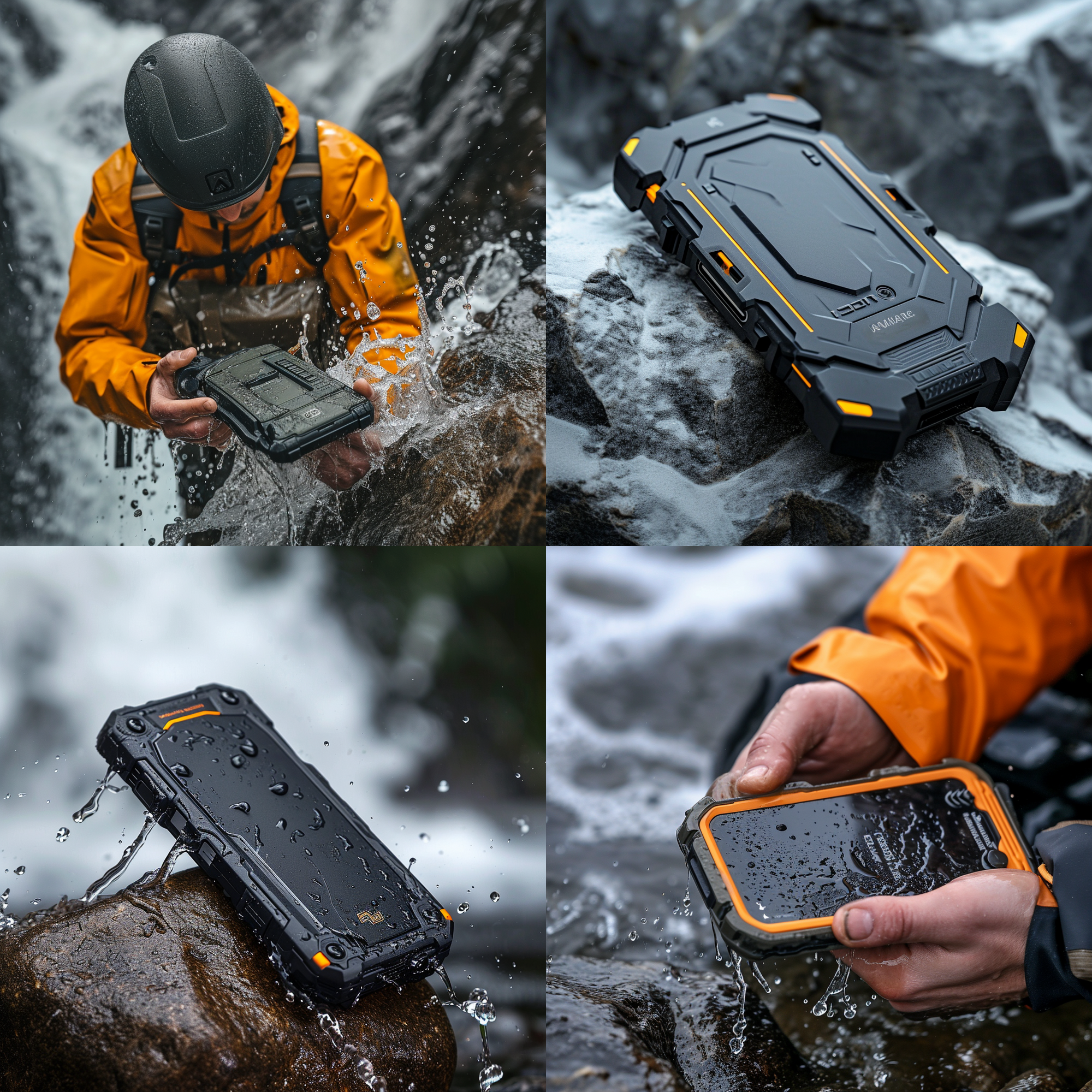
Blogs
AGM Mobile's Rugged Smartphones: Redefining Durability and Innovation in Mobile Technology
Discover AGM Mobile's range of rugged smartphones, blending unmatched durability with innovative technology for the adventurous and the professional.Introduction to AGM Mobile's Rugged SmartphonesAGM Mobile has established a stellar reputation in crafting rugged smartphones that defy the traditional fragility of mobile devices. Their range of smartphones is not just built to last but also to excel in functionality and innovation. This article explores the world of AGM Mobile's rugged smartphones, shedding light on their unique features, design philosophy, and why they stand out in the mobile technology market.Unparalleled Durability: A Core FeatureWhy Durability Matters in SmartphonesDurability is a crucial factor for many smartphone users, especially those engaged in outdoor activities or demanding professions. AGM's rugged smartphones are designed to withstand the toughest conditions, from construction sites to mountain trails. We delve into the importance of durability and how AGM meets these needs.Exploring AGM's Rugged FeaturesAGM's smartphones come with features like IP68 water and dust resistance, shockproof bodies, and MIL-STD-810G certification. This section will explore these features in-depth, explaining what they mean for the everyday user and professional alike.Innovation in Rugged DesignBalancing Ruggedness with AestheticsOne might think rugged means bulky and unattractive, but AGM Mobile challenges this notion. Here, we'll look at how AGM balances robust design with aesthetics, creating phones that are as stylish as they are sturdy.Advanced Features for the Modern UserFrom thermal imaging to high-definition cameras, AGM's rugged smartphones pack a punch in features. This part of the article will highlight the advanced technological aspects of these phones, showcasing how they cater to both general users and niche markets.AGM's Range of Rugged SmartphonesHighlighting Key ModelsAGM offers a variety of rugged smartphones, each tailored to different needs and preferences. We'll highlight key models in their range, discussing their specifications, strengths, and intended user demographics.Real-World Applications and User ExperiencesHow AGM Phones Excel in Tough ConditionsRugged phones are tested in the toughest environments. This section will share stories and testimonials from real users who have put AGM phones to the test, providing insight into their performance in real-world conditions.Conclusion: The Future of Rugged SmartphonesAGM Mobile continues to push the boundaries in rugged smartphone technology. We'll conclude with a look at the future prospects of AGM Mobile, including upcoming innovations and their vision for the evolution of rugged smartphones.
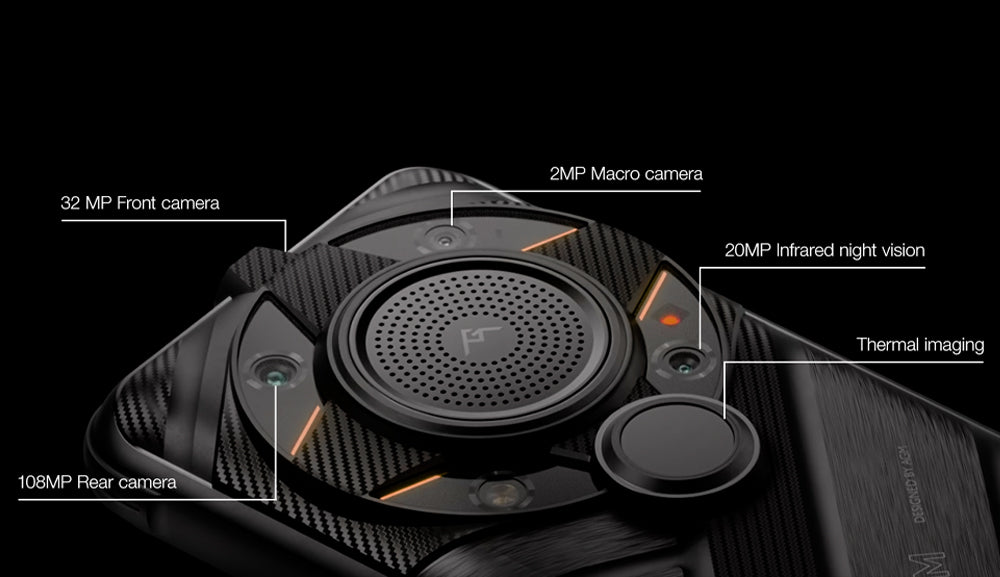
Blogs
Can AGM G2 Guardian Replace Your Thermal Camera?
Thermal imaging has revolutionized the way we see the world, allowing us to visualize heat in a variety of applications, from hunting and outdoor activities to electrical and building inspections. For years, thermal cameras have been the go-to tool for capturing and analyzing thermal images, but with the advent of the AGM G2 Guardian smartphone, many are wondering: Can it replace your thermal camera?
The short answer is yes. While traditional thermal cameras still offer some benefits, AGM G2 Guardian's innovative combination of flagship smartphone technology and a thermal imaging monocular provides several advantages over traditional thermal cameras.
Firstly, the G2 Guardian is much more compact and portable than a traditional thermal camera. With its pocketable size, you can easily take it with you on the go, whether you're out hunting or conducting building inspections. This portability also makes it much easier to store and transport than a bulky thermal camera.
Secondly, the G2 Guardian's thermal imaging monocular offers a higher resolution and more detailed thermal images than most traditional thermal cameras. With a 640x480 resolution, you can see more detail in your thermal images, making it easier to identify potential issues or targets.
Thirdly, the G2 Guardian offers a number of convenient features that traditional thermal cameras do not. For example, you can take photos and videos with your thermal images, as well as share them with others via the smartphone's built-in connectivity options. The G2 Guardian also offers additional functions such as a flashlight, GPS, and compass, making it a versatile tool for a variety of applications.
Lastly, the G2 Guardian offers a more affordable option than most traditional thermal cameras. While thermal cameras can cost thousands of dollars, the G2 Guardian is a much more budget-friendly option, without sacrificing performance or quality.
In conclusion, while traditional thermal cameras still offer some advantages, the AGM G2 Guardian smartphone offers a compelling alternative for those looking for a more portable, versatile, and affordable thermal imaging solution. With its advanced thermal imaging technology and user-friendly features, the G2 Guardian is a great choice for hunters, outdoor enthusiasts, inspectors, and more.
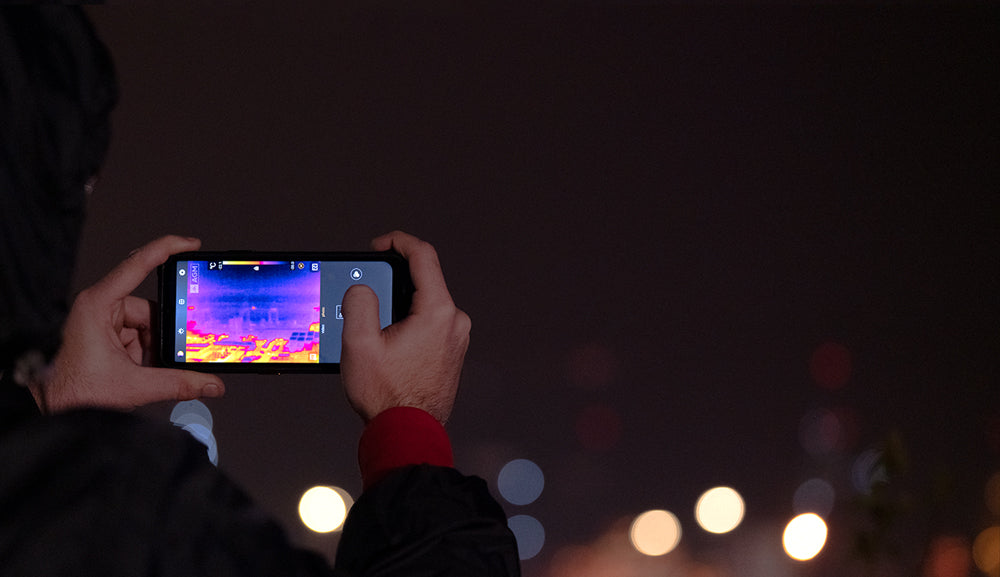
Blogs
AGM G2 GUARDIAN - The first ever 5G rugged smartphone with thermal monocular
AGM has announced a highly intriguing phone at MWC 2023 that you should be aware of: the AGM G2 Guardian, a rugged smartphone with advanced thermal imaging capabilities. It is currently available for official launch order on the official website, and at a price of $899, it is quite expensive. Not everyone requires a phone with thermal imaging capabilities, so if you are certain that you truly need such a device, I will also inform you if it is worth the $900 price tag.
Thermal monocular
The most notable feature of the G2 Guardian is its long-range thermal monocular. While ordinary thermal imaging phones struggle to detect heat beyond 100 meters due to the gradual dissipation of heat in the air, the G2 Guardian can detect heat up to 500 meters. This impressive capability is the main reason why AGM boldly announced this phone at MWC. The infrared lens not only provides 5.6x telephoto zoom but also supports autofocus, allowing heat sources to be clearly outlined for easy identification of creatures.
To accommodate the latest thermal monocular and a large speaker, the G2 Guardian has a thickness of 2.5 cm and weighs over 400 grams. It may not be comfortable to use with one hand, but this is comparable to flagship phones from Samsung or Xiaomi. Sacrificing some ergonomics in favor of functionality is a trade-off that some people appreciate.The functionality of the Thermal Sensor Camera App is relatively straightforward. At the top, there are basic options to adjust the ribbon or contrast. In the bottom right corner, there is a switch between two modes: night vision mode and temperature mode. As their names suggest, one is for detecting objects at night, while the other is for measuring object temperatures. The main difference between the modes is the contrast, and there is no need to switch between them frequently.
Why do you need this phone?
AGM provides a few answers to why one would need a long-range thermal monocular instead of a regular thermal imaging phone: night search and rescue. With an extended detection range, the G2 Guardian allows for a larger search and rescue area.During nighttime, the phone enables you to spot wildlife from a greater distance, avoiding potential encounters and preventing harm. For forest patrol officers, this long-range thermal monocular expands their search capabilities, making it harder for suspicious individuals to hide. It also facilitates early detection of mountain fires. Therefore, this phone is recommended for forest patrollers, landscape photographers, and wilderness enthusiasts.
Camera
In addition to the thermal imaging lens, the G2 Guardian features three other lenses: a 108 MP main camera, a 20 MP infrared night vision camera, and a 2 MP macro camera. The main camera captures excellent photos with rich colors, accurate exposure, and impressive clarity, especially in high-resolution mode.
Performance
One intriguing aspect of the G2 Guardian is its use of a processor you've likely never heard of before. Even I haven't come across it. The Qualcomm QCM6490 is specifically designed for industrial and commercial IoT applications such as transportation, warehousing, and logistics management.Although the reasons behind AGM's choice of this chip remain unknown, its performance is not weak. It is comparable to the Snapdragon 782G, achieving an AnTuTu score of 590,000.This enables the G2 Guardian to achieve an average frame rate of 54fps when playing Genshin Impact with low graphics settings. This is impressive for a rugged phone, as many rugged devices struggle to maintain stable gameplay at even 30fps. The chip also supports 5G networks, making it not much different from a standard phone chip in terms of connectivity.
Other specifications
The G2 Guardian boasts top-of-the-line features among rugged phones. It sports a 120Hz FHD+ panel with Corning Gorilla Glass protection for smoothness and durability. The battery has a capacity of 7000mAh and supports 18W charging. Dual SIM card slots are available, with support for expandable storage of up to 512GB via TF cards. It features dock charging and side fingerprint recognition, as well as a 100-lumen flashlight on top.There is a headphone jack located at the bottom. If you prefer not to use headphones, the speaker offers a maximum volume of 109dB, equivalent to a portable Bluetooth speaker. To ensure a comfortable listening experience, the volume in the speaker test video has been appropriately reduced.The AGM G2 Guardian is a highly specialized phone, particularly excelling in the thermal imaging field. If you require a professional-grade, long-range thermal imaging device and prefer not to carry an additional thermal imaging camera in your backpack, this phone is perfect for you. For most people, spending $899 on a rugged phone may not be worthwhile. However, if you have a genuine need for its thermal monocular capabilities, it is worth every penny.

